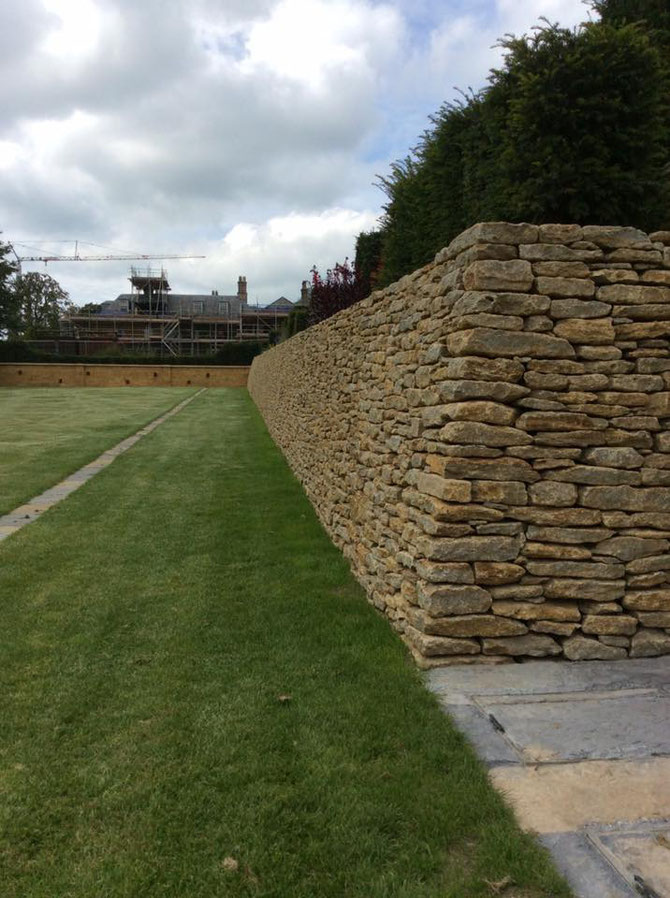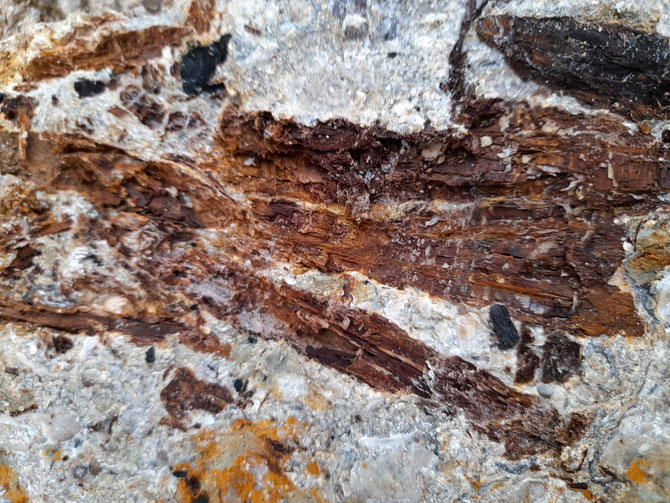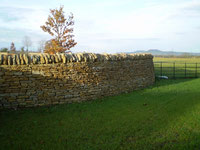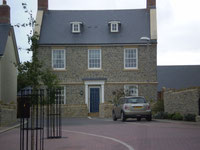

Forest Marble stone
Our Forest Marble Quarry produces building stone, drystone walling, and garden walling.
It is a widely used stone, and is a type of Cotswold stone where it is used for roofing, and walling due to its qualities.
The stone is:
- Hard, therefore highly durable, resistant to weather, and water
- Rich in colour - buff, brown and grey/green
- Flat on top and bottom with good faces, making it easy to build with
History of Forest Marble stone
Forest Marble stone was formed during the Jurassic period , some 140 million years ago when the tectonic plate holding Wessex was at the same longitude as the Canary Islands today. The warm shallow seas produced an abundance of corals, shells and other marine life which died and built up huge deposits of calcium carbonate skeletal debris. Overtime, this has been compressed by succeeding layers of stone, to form the fossil rich, and highly durable oolitic limestone we know today.
In 1799, William Smith was compiling a geological map of the UK, and named the oolitic limestone, Forest Marble after the location of a Cotswold stone quarry to be found in the Wychwood Forest adjacent to Blenheim Park in Oxfordshire. William Smith had observed this pretty natural stone much in use in Bath and in the villages of Wessex and up to the Cotswolds.
Today Forest Marble stone has become iconic internationally with the pretty Cotswold villages such as Burford, Fairford, Chipping Norton, Cirencester, Malmesbury, Bourton-on-the Water, Badminton, Sherston, Chippenham, Corsham, and Stow-on-the-Wold. The stone varies slightly from one field to the next, and is known by an array of different names of which Cotswold stone, or Cotswold Forest Marble or straight Forest Marble.
Stalbridge Quarries is one of the last stone quarries left supplying Forest Marble stone for building stone houses, and walls that shape our countryside.

History of the Quarry
Forest Marble has been quarried on the land of the Estate for thousands of years. The Estate in the last several hundred years has quarried Forest Marble extensively enabling the building of Estate barns, cottages, and houses, as well as the some of the local villages and towns such as Henstridge, Stalbridge, Yetminster, Long Burton, Sherborne, Milborne Port, Templecombe, Stourton Caundle, Bishops Caundle, Purse Caundle, Frome, Bridport, and Wincanton.
Several famous individuals have spear headed this building. The first was Sir Robert Boyle (1627 - 1691), the father of modern science who created Boyle's Law, who lived at Stalbridge Park. During his life there were extensive building works arounds the Estate.
The second, was the Marquis of Anglesey (Lord Uxbridge), who famously led the cavalry at Waterloo. He not only repeatedly kept the Napoleonic forces back as the English were retreating in the days leading up to the battle of Waterloo, but on the day of Waterloo led nine charges against the French. He ended the day getting his leg blown off by artillery, with the Duke of Wellington commenting, 'by God Sir you have lost your leg', the the Marquis nonchalantly replied, 'by God Sir, so I have'. He was so immune to pain that he refused all sedatives, and lay like a dead man when having his leg amputated!
The reward for helping to win Waterloo was to have French prisoners of war build the 4 mile Stalbridge Park wall, which is still with us today.

 Stalbridge Quarries
Stalbridge Quarries






